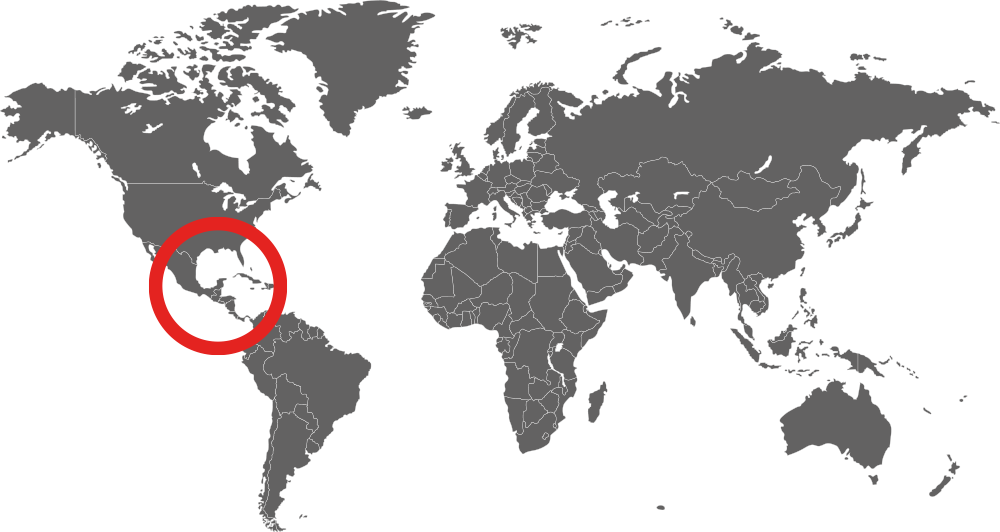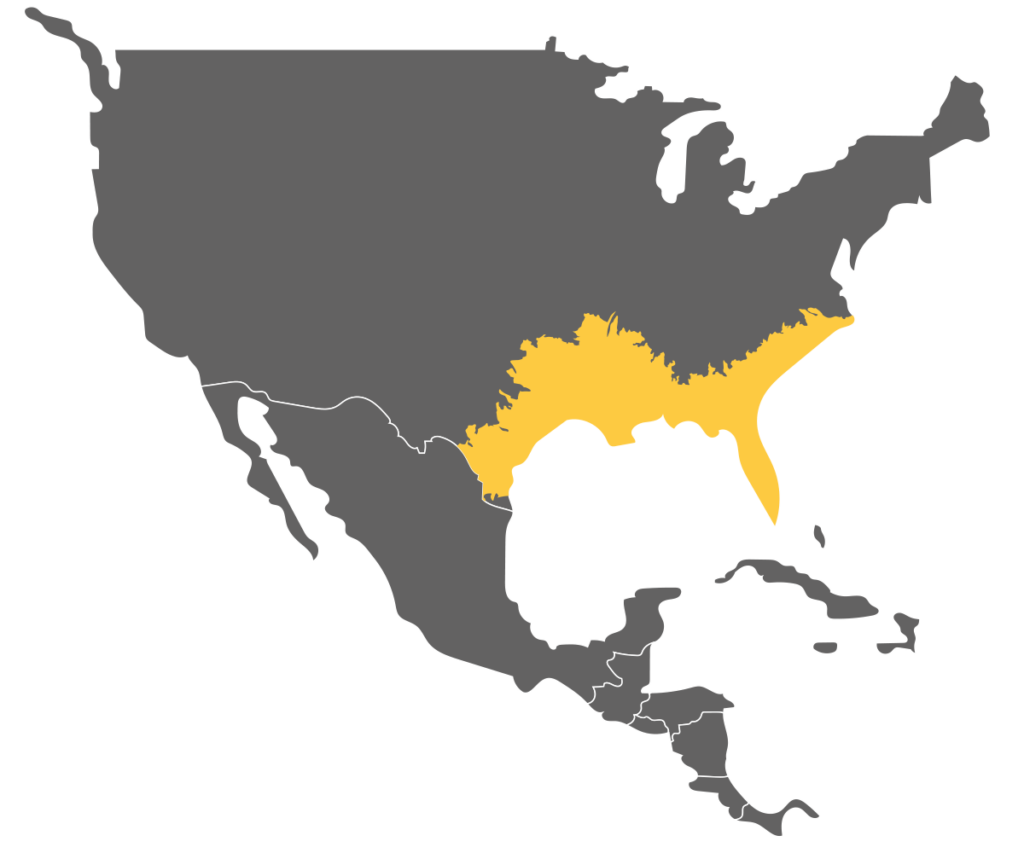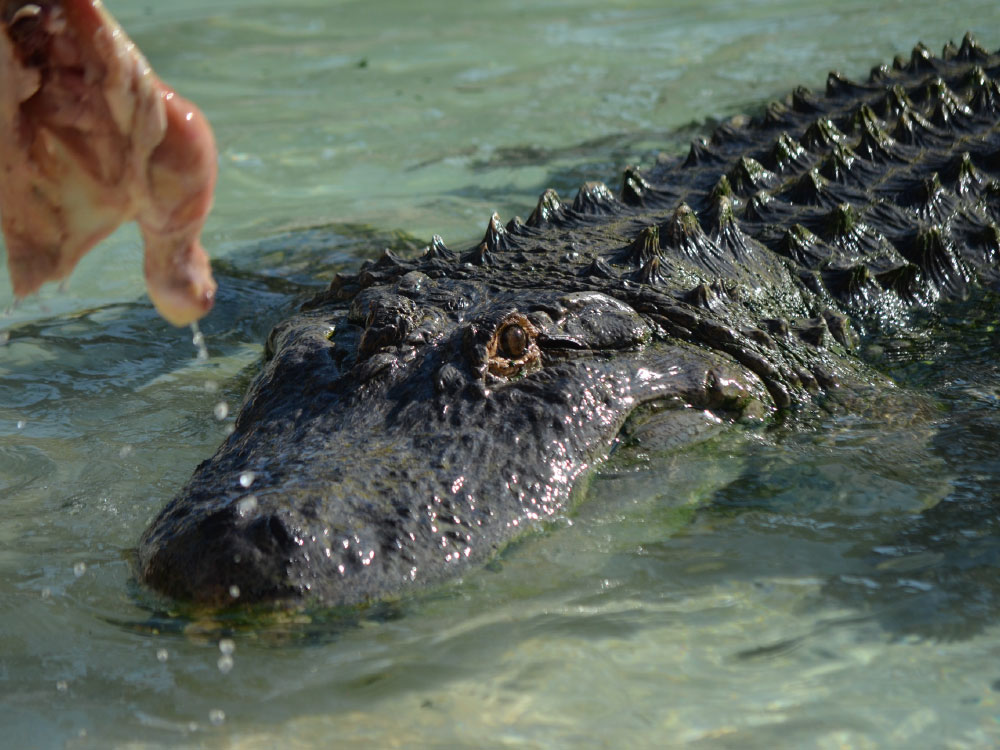Conservation Status:
Least Concern

HABITAT
SWEET WATER
DIET
CARNIVOROUS
SOCIAL LIFE SOLITARY

WEIGHT
250-450 Kg
GESTATION
63-84 DAYS
30-50 EGGS


Alligators belong to the order of crocodilians (Crocodylia), nevertheless strictly speaking they are not crocodiles. In the Crocodylia order there exist three different subtypes or families: crocodiles, gavials and alligators or caimans.
The American alligator is considered a crucial ecologic species, which means that, through its behaviours and activities, it plays an important role in maintaining a healthy and diverse ecosystem in its surroundings. One of the biggest contributions of alligators are the ‘alligator holes’, which are concavities dug by the alligators with their snout and tail, creating small ponds that provide an oasis to other species. These holes are a vital source of water for insects, crustaceans, snakes, turtles, birds and other wildlife, which benefits the alligator too, ensuring stable prey populations for itself.
Alligators are able to survive in below zero temperatures. Their metabolic rate decreases as temperatures drop and it will stop eating in temperatures below 20-15 degrees.
Males have a repertoire of courtship behaviours to attract females, from loud snarling to slapping the head on the water, causing the water to vibrate, or exhibiting complex body postures. Females lay 25 to 60 eggs on a mound of torn vegetation and mud. The eggs are placed on a hollow at the top of the mound and covered with more vegetation. This nest protects the eggs from flooding and it also contributes to the incubation process, thanks to the heat produced by the decomposing matter. The temperature to which the eggs are exposed determines their sex; since there are different temperatures on the nest, one same lay will give place to both males and females. The incubation period lasts around 65 days and once completed, the female, that remains close by to protect the nest from predators, hears the calls of the hatchlings and unburies them. are transported at Eight to ten hatchlings once in the mother’s mouth towards the water. The young alligators stay with the mother for about a year, occasionally even up to three. Despite the mother’s protection, many of them are eaten by raccoons, large fish, birds or even adult male alligators.

